Top Things to Know Before Buying Small Indoor Plants
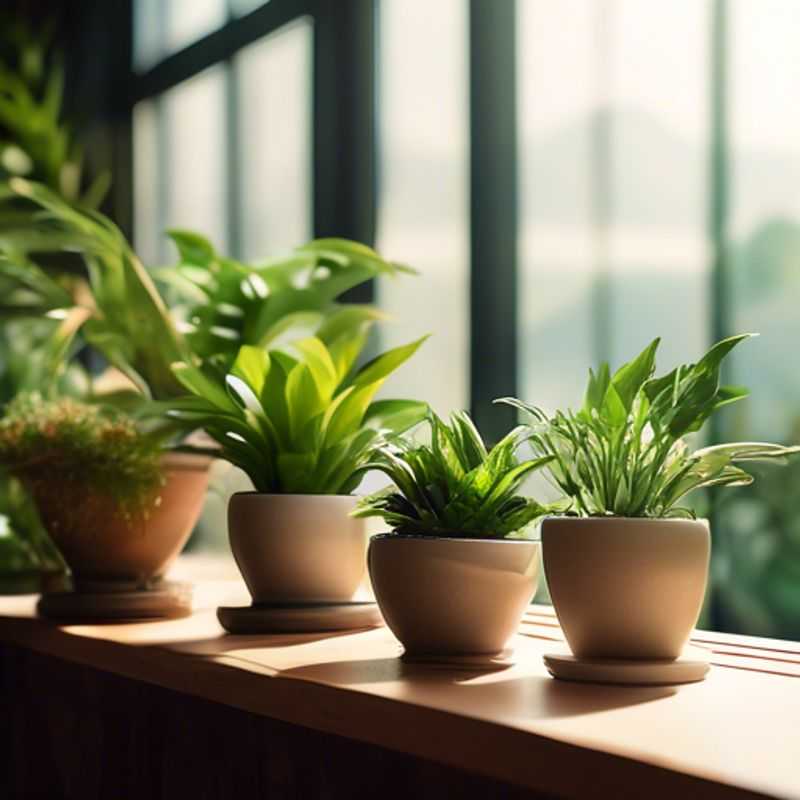
Top Things to Know Before Buying Small Indoor Plants: Lighting, Water, Space, Growth Habits, Care, Toxicity, and Suitability
Bringing the outdoors in with indoor plants is a wonderful way to brighten up your space, improve air quality, and create a sense of serenity. But before you rush out and buy the first cute little plant you see, there are a few important things to consider to ensure your new green friend thrives in its new home.
First, determine the lighting conditions in the area where the plant will be placed.
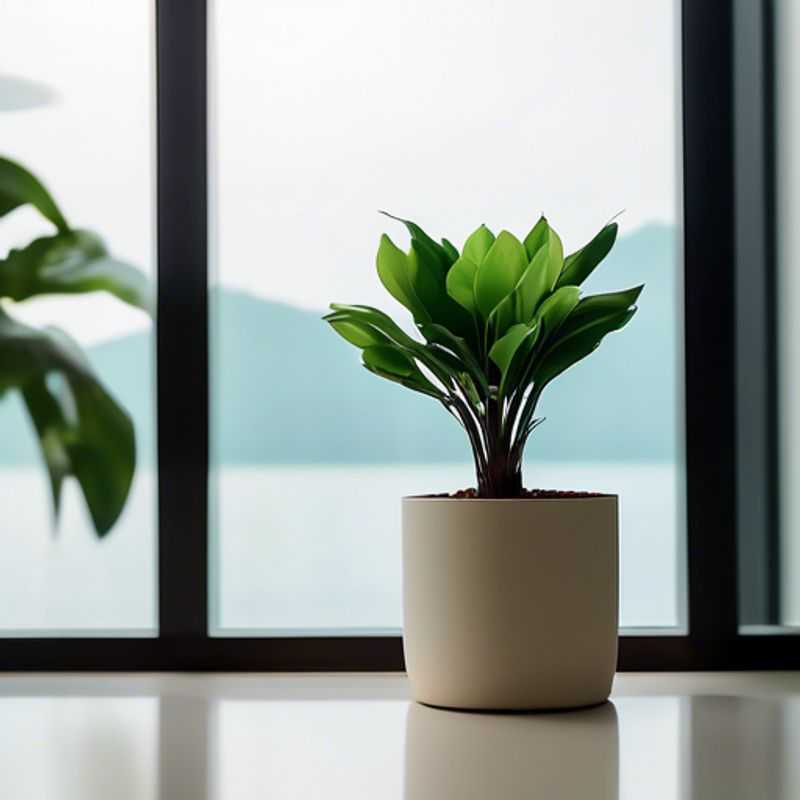
Finding the Perfect Spot: Determining Lighting Conditions for Your Plant
Knowing the lighting conditions in your home or office is crucial for plant success. Plants need light for photosynthesis, the process they use to make food. Different plants have different light requirements, so it's important to choose plants suited to the lighting in your space.
Here's a quick guide to determine your lighting:
Direct Sunlight: This is the strongest light, found in south-facing windows, especially during midday. It can be harsh for some plants, causing scorching or wilting. Look for sun-loving plants like succulents, cacti, and herbs.
Bright, Indirect Light: This is ideal for many houseplants. It's the light that filters through sheer curtains or blinds, providing plenty of brightness without the intense heat of direct sun. Good options include ferns, snake plants, and ZZ plants.
Medium Light: This is what most people consider normal room light. It's the kind of light that comes from a window that faces north or east, or from a room that isn't directly exposed to sunlight. Consider low-light tolerant plants like peace lilies, pothos, and cast iron plants.
Low Light: This is the dimmest light, often found in corners or rooms with no windows. Only a few plants can thrive in low light, including snake plants, ZZ plants, and some ferns.
Don't hesitate to use a light meter to measure the light intensity in your space if you want precise readings. It can help you choose the right plants for your specific conditions.
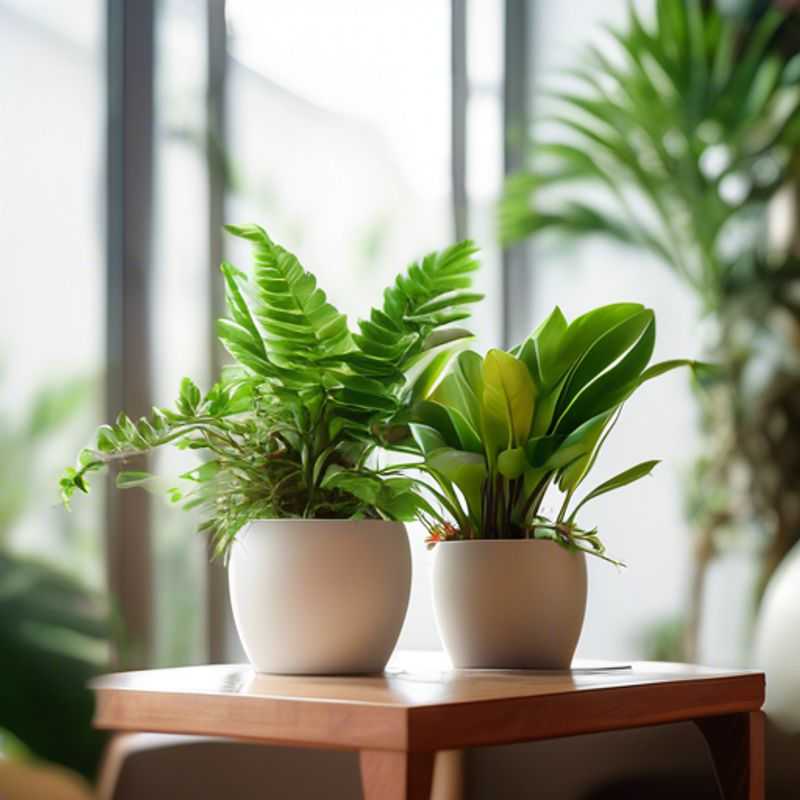
Water and Humidity: Your Guide to Happy Plants
Plants need water to survive, but too much or too little can be harmful. Knowing the right amount of water for your specific plants is crucial for their health. Different plants have different needs based on factors like their origin, type of leaves, and the environment they thrive in.
Similarly, humidity plays a significant role. Humidity refers to the amount of moisture in the air. Some plants prefer high humidity, while others thrive in drier environments. Factors like temperature, air circulation, and the surrounding environment all impact the humidity levels your plant experiences.
Here’s a quick guide to consider:
Water Needs:
- Water frequency: Water when the top inch of soil is dry. Avoid overwatering, which can lead to root rot.
- Water amount: Water thoroughly until excess water drains out the pot's drainage holes.
- Water quality: Use tap water, filtered water, or rainwater. Avoid water that's too hard or contains chlorine.
Humidity Needs:
- High humidity: Plants with large, broad leaves like tropical ferns, peace lilies, and orchids benefit from increased humidity.
- Low humidity: Plants like succulents and cacti thrive in arid environments.
- Maintaining humidity: You can increase humidity by grouping plants together, using a humidifier, or placing a tray of water near your plants.
Remember: Observe your plants closely to understand their individual needs. Adjust watering and humidity levels as needed to keep them healthy and happy.
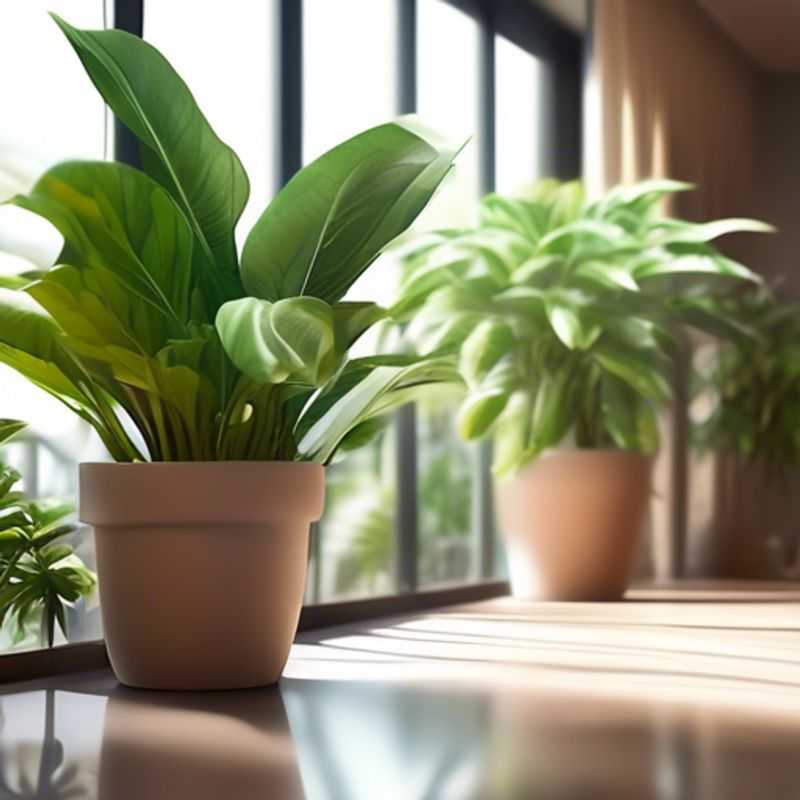
Measure Twice, Plant Once: How to Ensure Your Plant Fits Perfectly
Before you bring your new plant home, it's crucial to measure the space you have available. This will ensure that your plant has enough room to thrive and that it fits in your home without overcrowding. You can use a measuring tape to determine the dimensions of the space where you plan to place your plant. Consider the height, width, and depth of the space, and leave some room for the plant to grow.
Next, take note of the mature size of the plant you want to purchase. You can find this information online or at your local nursery. The mature size is the maximum size the plant will reach, so ensure that you have enough space to accommodate its full growth. If the plant grows taller or wider than your space allows, you might need to repot it into a larger container or prune it.
Always factor in the size of the plant's pot when calculating the available space. Make sure the pot you choose has adequate drainage holes to prevent overwatering. Don't forget to leave enough room for you to easily reach the plant for watering and maintenance.
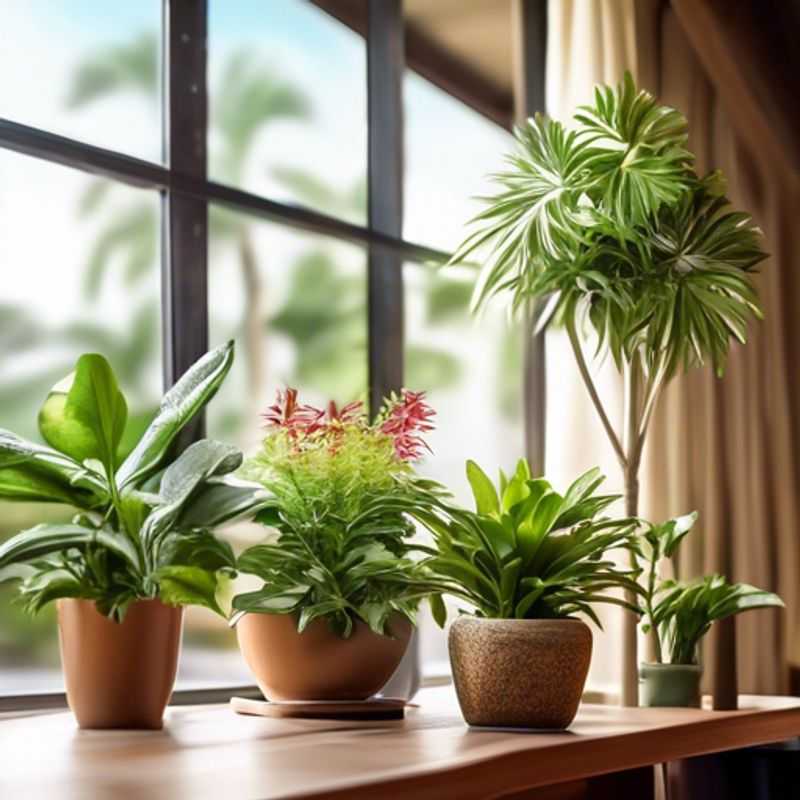
Plant Planning 101: Researching Growth Habits and Mature Size
Understanding a plant's growth habits and mature size is crucial for successful gardening. Researching these factors is the first step in planning a thriving garden. Here's a quick guide:
Growth Habits:
This refers to how a plant grows – is it upright, spreading, trailing, or climbing? Understanding this helps determine its placement in your garden. For instance, a tall, upright plant would be suitable near the back of a flower bed, while a spreading plant would be better suited near the front.
Mature Size:
This indicates the final height and width a plant will reach. Knowing this is crucial for ensuring that plants have enough space to thrive and not overcrowd each other. It also helps you choose plants that fit your garden's dimensions and avoid future pruning challenges.
Research Resources:
You can find this information in various ways:
- Plant labels: Often include mature height and width.
- Nursery websites and catalogs: Detailed descriptions and often include growth habit information.
- Online plant databases: Websites like the Missouri Botanical Garden or the Royal Horticultural Society offer comprehensive plant information.
- Gardening books: Numerous resources provide detailed information on specific plants.
Important Notes:
Remember, mature size and growth habits can vary depending on growing conditions. Consider your local climate and soil type when planning.
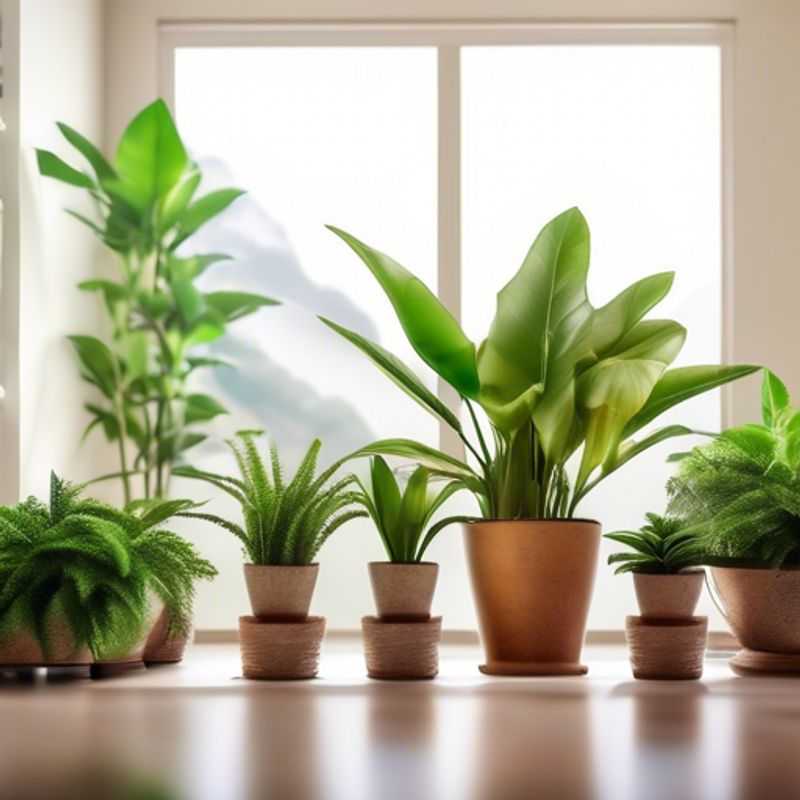
Nurturing Your Green Friends: Understanding Plant Care Needs
Understanding your plants' care needs is crucial for their health and vitality. Two key aspects are fertilizing and pruning.
Fertilizing provides essential nutrients that plants need to grow. Choose a fertilizer specifically designed for the type of plant you have. Follow the instructions on the packaging carefully, as too much fertilizer can harm your plants.
Pruning involves removing unwanted branches or stems to encourage healthy growth and shape. The best time to prune depends on the plant species, so research the specific needs of your plants.
Remember, it’s essential to use the correct tools for both fertilizing and pruning to avoid damaging your plants.
For further information on specific plant care needs, consult reliable gardening resources or your local nursery.
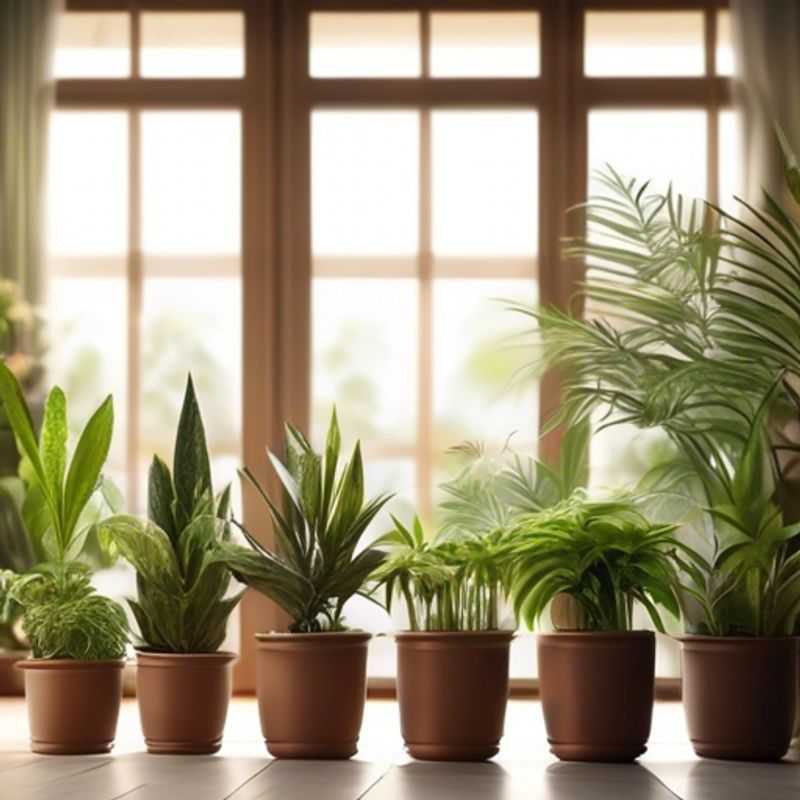
Pet and Child Safety First: Checking for Toxicity in Your Home
When you have pets or children at home, it's crucial to be aware of potential toxins in your environment. Some common household items can pose risks. Always check product labels for warnings about toxicity, especially around pets and children. Keep cleaning supplies, medications, and other potentially harmful substances out of reach and securely stored. If you suspect your pet or child has been exposed to a toxin, seek immediate veterinary or medical attention. Never hesitate to call emergency services in case of accidental ingestion or contact.
Pay attention to the following when it comes to potential toxins:
Plants: Some plants are toxic to pets and children. Be sure to research plants in your home and yard for potential risks. Keep toxic plants out of reach and ensure they cannot be accessed.
Cleaning Products: Cleaning products often contain harsh chemicals. Store cleaning products in a locked cabinet out of reach of pets and children. Always ventilate the area when using cleaning products.
Medications: Keep all medications in their original containers and securely stored. Make sure children and pets cannot access them. Dispose of expired medications properly.
Pesticides: Pesticides are harmful to both pets and children. Store pesticides in their original containers and keep them out of reach. Apply them carefully and follow all label instructions.
Remember, prevention is the key to protecting your family. By being proactive and taking simple precautions, you can minimize the risk of exposure to toxins and ensure the safety of your loved ones.
For more information on specific toxins and their potential risks, consult your veterinarian or a poison control center.
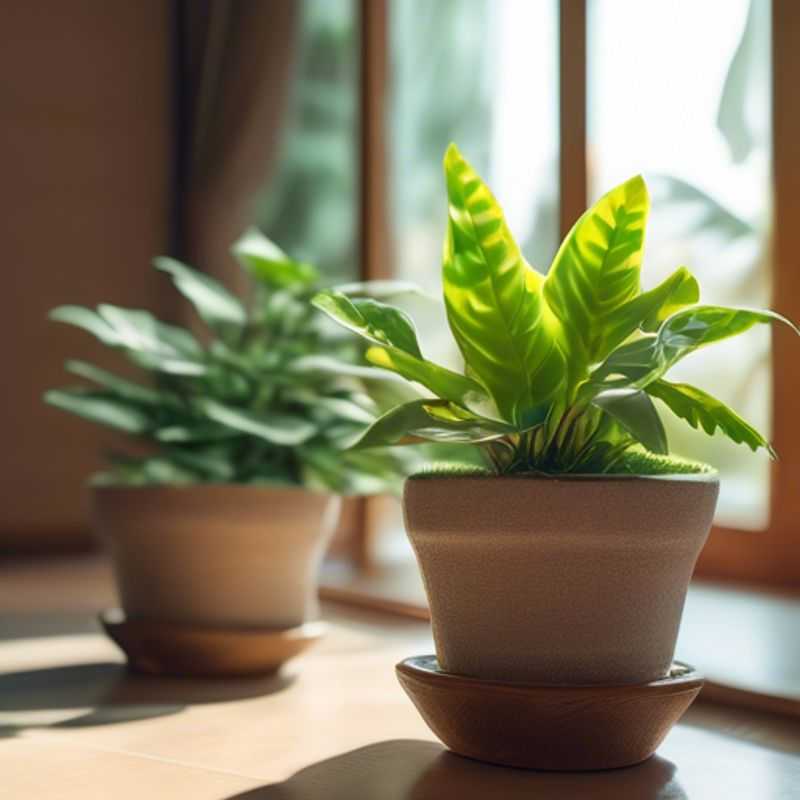
Choosing the Right Indoor Plant: A Guide to Thriving Greenery
Choosing the right houseplant can be a rewarding experience, bringing a touch of nature indoors. But with so many options, it's essential to consider your environment and lifestyle to select a plant that thrives in your home.
Light: The amount of natural light your home receives is crucial. Low-light plants, like Snake Plants and ZZ Plants, tolerate dimly lit areas, while bright-light lovers, such as Peace Lilies and Chinese Evergreen, thrive in well-lit spaces.
Water Needs: Some plants are more water-loving than others. Low-maintenance options, like succulents and cacti, can go for long periods without watering. High-maintenance plants, such as ferns and orchids, require consistent moisture.
Space: The size of your home plays a role in plant selection. Large plants, like Fiddle Leaf Figs or Monstera Deliciosa, require ample space, while smaller plants like African Violets or Pothos are well-suited for smaller homes.
Pet Safety: If you have pets, ensure you choose non-toxic plants. Many common houseplants are toxic to animals. Research plant varieties that are safe for your furry friends before bringing them home.
By considering these factors and learning about different plant varieties, you can choose the perfect indoor companions to brighten your home and bring a touch of nature inside.
